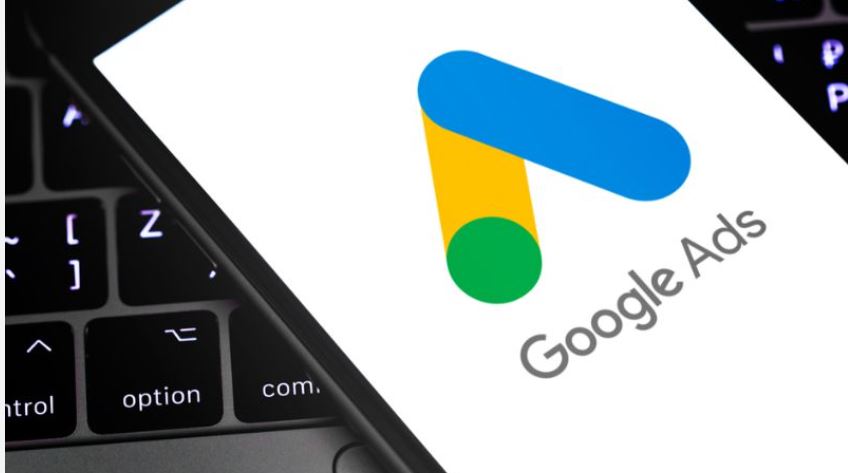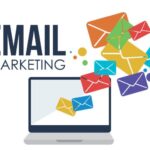It’s not uncommon to have been using Google Ads for some time and still not be getting the desired conversions. Many businesses jump into Google Ads expecting instant sales, only to discover that clicks don’t always turn into buyers. The good news? You can fix that. With the right strategies, your ads can turn into powerful conversion machines that bring results consistently.
In this blog post, I’ll walk you through 10 proven Google Ads strategies for better conversions. These strategies are practical, beginner-friendly, and based on what actually works—not theory. Whether you’re running campaigns for a business, agency, or personal project, you’ll find tips you can apply today.
Let’s get right into it.
1. Target High-Intent Keywords First
If you want conversions, not just traffic, you need to target people who already intend to buy. This is where high-intent keywords come in.
High-intent keywords include words like:
- “Buy”
- “Best”
- “Affordable”
- “Near me”
- “Hire”
- “Services”
- “Price”
- “Quote”
For example:
- “best digital marketing agency near me”
- “buy running shoes online”
- “affordable cleaning services”
These keywords attract people who already have their wallets out. So why waste money on general terms when you can focus on people ready to convert?
Pro Tip:
Turn off broad match for your high-intent keywords at first. Start with phrase match or exact match to reduce irrelevant clicks.
2. Use Compelling, Action-Driven Ad Copy
Your ad copy is your first chance to convince someone to click—and eventually convert. If your copy feels dull or unclear, users will scroll right past it.
Great ad copy should:
- Address the customer’s need.
- Offer a solution.
- Build trust.
- End with a clear call to action.
Here’s a simple formula you can use:
[Problem] + [Benefit] + [Proof] + [CTA]
Example:
“Need fast home repairs? Get same-day service from certified experts. Rated 4.9 stars. Book now!”
Use strong CTAs like:
- “Get a Free Quote”
- “Order Now”
- “Book Appointment”
- “Try for Free”
These reduce hesitation and help direct your user to take action.
3. Improve Your Landing Page Experience
Google Ads can drive traffic, but your landing page converts that traffic. If your page loads slowly, looks cluttered, or confuses users, they’ll bounce—and you’ll lose money.
A high-converting landing page should:
✔ Load in under 3 seconds
✔ Look clean and simple.
✔ Highlight benefits immediately
✔ Include trust elements (reviews, guarantees, badges)
✔ Have one clear action button (Buy, Sign Up, Book)
✔ Match the message of your ad
If your ad says “50% off running shoes”, don’t send people to your homepage. Send them directly to the page where they can buy the discounted shoes instantly.
Pro Tip:
Use tools like Google PageSpeed Insights to check your load time.
4. Use Audience Targeting for Better Control
Audience targeting helps you reach people who are more likely to convert. You can combine keyword targeting with audiences for even better results.
The most powerful audiences include:
- In-Market Audiences (people actively looking for your product)
- Custom Intent Audiences (people searching specific keywords)
- Remarketing Audiences (people who visited before)
- Affinity Audiences (people who match a certain interest)
Imagine showing an ad for “wedding photography” to someone who has been browsing wedding venues and dresses. That’s the power of audience targeting—it finds the right people at the right time.
5. Leverage Smart Bidding—But Only When Ready
Smart Bidding can help you increase conversions automatically using machine learning. But many advertisers turn on Smart Bidding too early.
Do not use Smart Bidding if your campaign has zero or very few conversions. Google does not have enough data yet.
Once you start seeing at least 20–30 conversions per month, then switch to:
- Target CPA (Cost Per Acquisition)
- Target ROAS (Return on Ad Spend)
- Maximise Conversions
- Maximise Conversion Value
Smart Bidding works best when your account already has data to learn from.
6. Use A/B Testing to Improve Performance
Most advertisers set their ads once and never test new variations. That’s a huge mistake. Even a small change in copy, headline, or landing page can dramatically increase conversions.
Test variations like:
- CTA buttons (Book Now vs. Get Started)
- Headlines
- Descriptions
- Images (for Display and Performance Max)
- Offer wording
- Landing page layout
For example:
Ad A: “Affordable Car Insurance – Save Today”
Ad B: “Get Cheaper Car Insurance – Free Quote”
One may outperform the other by 20% or more.
A/B testing helps you discover these winning combinations.
7. Add All Available Ad Extensions
Ad extensions give your ads more space and more chances to convince users. They also increase your click-through rate, which increases conversions.
Useful extensions include:
- Sitelink Extensions
- Callout Extensions
- Structured Snippets
- Call Extensions
- Price Extensions
- Promotion Extensions
- Business Logos and Images
Here’s the trick: the more extensions you add, the more Google can optimise your ads to perform better.
8. Use Negative Keywords to Reduce Wasted Spend
Negative keywords help you block irrelevant searches that waste your budget. This one strategy alone can save up to 30–40% of your ad spend.
Example:
If you sell premium shoes, you may want to block keywords like:
- free
- cheap
- DIY
- how to repair shoes
You want buyers—not people looking for free or unrelated information.
Negative keywords also help improve your click quality, increase your Quality Score, and lead to cheaper conversions.
9. Optimise for Mobile Users
Over 60% of Google searches happen on mobile devices. If your ads and landing pages aren’t mobile-friendly, you’re leaving conversions on the table.
Mobile optimisation tips:
- Use shorter headlines.
- Avoid long paragraphs.
- Use large buttons.
- Make forms short.
- Ensure your page loads fast.
- Use click-to-call extensions.
A mobile user should be able to complete your desired action in less than 30 seconds.
10. Use Remarketing to Re-Engage Visitors
Remarketing is one of the most powerful Google Ads strategies for better conversions. Not everyone buys on the first visit. Some need time to think, compare, review, or save money.
Remarketing lets you show ads to people who:
- visited your website
- added items to cart
- viewed product pages
- watched your YouTube videos
- interacted with your mobile app
These people are already familiar with your brand, making them much more likely to convert.
Examples of effective remarketing ads:
- “Still interested? Get 10% Off Your Order Today!”
- “Your Cart Is Waiting — Complete Your Purchase”
- “Book Now and Save 15% This Weekend”
Remarketing turns “almost customers” into paying customers.
Conclusion
Getting better conversions from Google Ads doesn’t happen by chance—it happens by strategy. When you target the right keywords, write compelling ad copy, improve your landing pages, and use strong targeting techniques, your results improve dramatically.
These 10 proven Google Ads strategies will help you reduce wasted spend, attract the right customers, and increase your conversions without increasing your budget.










